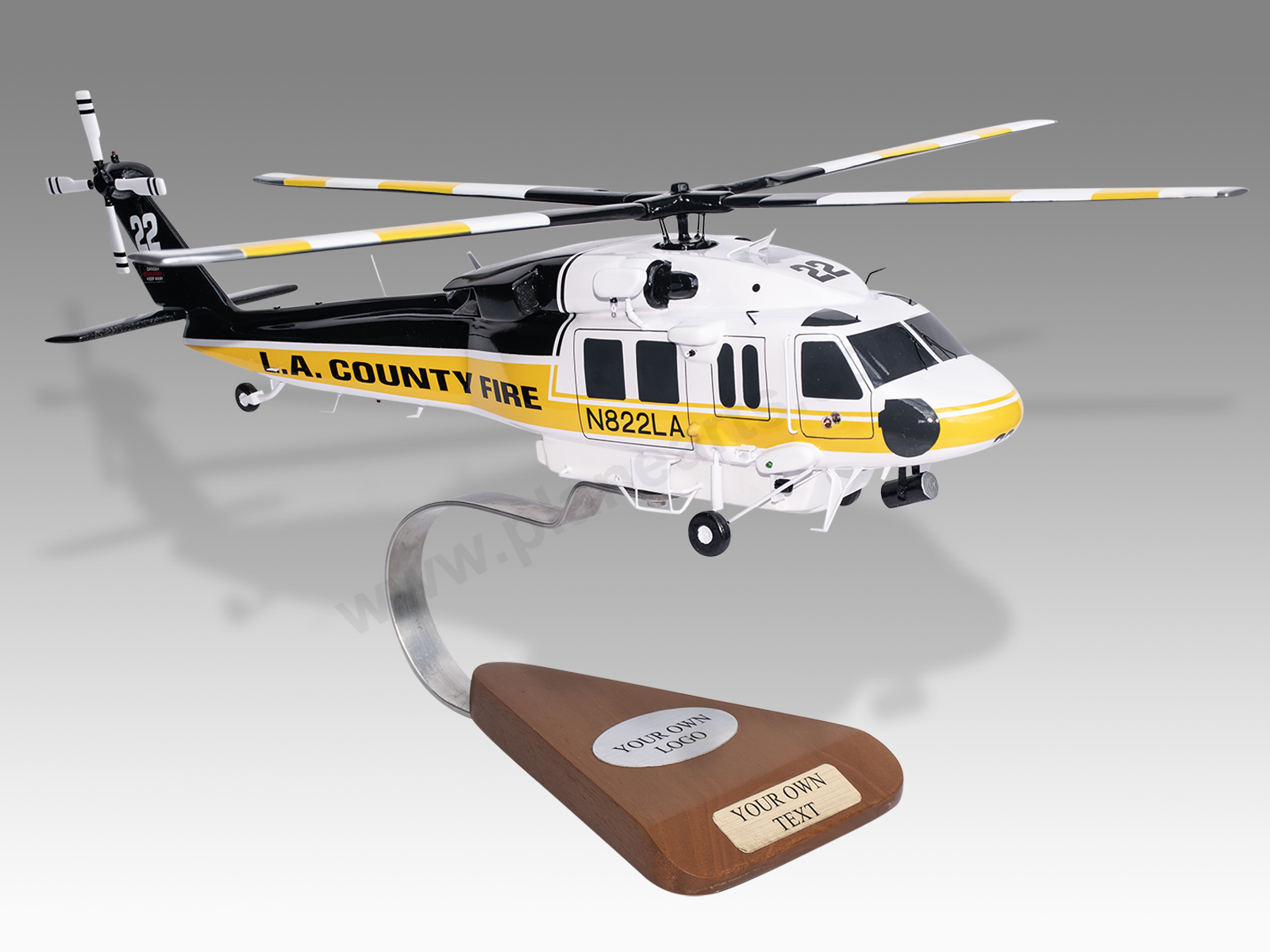A Look at the Sikorsky S 70's Function in Army and Civil Aviation
A Look at the Sikorsky S 70's Function in Army and Civil Aviation
Blog Article
Modernized Vertical Lift System With Advanced Composite Structures and Improved Precaution
In the realm of vertical lift systems, a significant shift towards modernization has actually been observed, driven by the assimilation of sophisticated composite frameworks and heightened safety procedures. In checking out the merging of innovation and security in modern-day lift systems, a compelling narrative emerges, showcasing the possibility for transformative improvements that cater to the ever-evolving demands of industrial industries.
Evolution of Upright Lift Platforms

The advancement of vertical lift systems can be mapped back to standard wheel systems and early lift designs. Over time, technologies such as hydraulic systems, electrical motors, and progressed control mechanisms have vastly enhanced the effectiveness and safety of these systems. Suppliers have likewise concentrated on enhancing the security, reach, and load-bearing abilities of vertical lift systems to fulfill the varied needs of various industries.
Moreover, the integration of smart modern technologies like sensors, IoT connection, and automation features has further transformed the abilities of modern-day vertical lift systems. These technical improvements not just improve functional efficiency however likewise make certain enhanced safety requirements for employees making use of these platforms at various heights. The constant advancement of upright lift platforms underscores their essential role in enhancing upright flexibility across industries.
Integration of Advanced Compound Structures

In addition, the use of sophisticated composite materials enables more complicated and optimized architectural styles, allowing designers to customize the system's residential or commercial properties to fulfill certain efficiency requirements. This customization can result in improved the rules of aerodynamics, decreased resonances, and enhanced overall safety and security during operation. The combination of sophisticated composite frameworks also adds to a decrease in maintenance costs and downtime, as these products display exceptional resistance to environmental aspects and have a longer life span contrasted to conventional products. Generally, the unification of advanced composite frameworks in modern vertical lift platforms stands for a considerable advancement in aerospace modern technology, causing more effective, trusted, and more secure airborne transportation systems.
Enhanced Safety And Security Steps Execution
Executing boosted security procedures is necessary in ensuring the optimum efficiency and dependability of contemporary upright lift systems. One vital aspect of enhanced safety and security procedures is the assimilation of advanced sensor innovations to monitor numerous criteria in real-time.

Sector Applications and Benefits
With improvements in modern technology and engineering, modernized vertical lift platforms have found diverse applications throughout numerous markets, offering significant advantages in efficiency and productivity. In the production field, these systems streamline the procedure of delivering heavy materials and equipment within centers, minimizing hand-operated handling and enhancing functional efficiency. The building sector take advantage of vertical lift platforms by enabling employees to accessibility elevated areas securely and effectively, enhancing overall job timelines. Warehousing and logistics firms utilize these platforms to enhance storage space use and facilitate quicker picking and packing procedures.
Additionally, vertical lift platforms play an important duty in the repair and maintenance of infrastructure such as bridges, power lines, and structures, enabling technicians to get to unattainable locations easily (sikorsky s 70). The aeronautics industry likewise leverages these platforms for airplane maintenance and assembly tasks, improving operations performance and making sure look at this now employee safety and security at elevations. In general, the widespread adoption of up-to-date upright lift platforms across markets underscores their adaptability and the substantial improvements they offer different procedures
Future Trends in Lift System Modern Technology
Incorporating advanced automation and intelligent attributes, lift system modern technology is positioned to revolutionize vertical transport systems in the near future. One essential trend is the combination of Web of Points (IoT) technology, allowing lift platforms to communicate real-time information for predictive maintenance, enhancing performance, and enhancing safety. As lift system innovation proceeds to progress, these fads are established to form the future of vertical transportation, making it more reliable, safe, and user-friendly.
Final Thought
To conclude, the up-to-date vertical lift platform showcases the advancement of technology in the market. By incorporating sophisticated composite structures and enhanced precaution, this system supplies increased effectiveness and safety for numerous applications. The market can benefit considerably from these innovations, and future patterns in lift platform innovation are likely to proceed enhancing upon these developments for also higher success and effectiveness.
In the realm of vertical lift platforms, a considerable change towards modernization has been observed, driven by the assimilation of sophisticated composite frameworks and heightened safety and security procedures. The continual development of vertical lift systems highlights their crucial role in boosting Visit This Link vertical wheelchair across industries.

The consolidation of sophisticated composite frameworks in modern-day upright lift platforms has substantially improved their structural integrity and performance capacities. By integrating these sophisticated compounds into the style and construction of upright lift systems, suppliers can minimize overall weight, increase load-carrying capability, and boost the platform's longevity and longevity.
Carrying out boosted security steps is critical in ensuring the optimum performance and integrity of modern vertical lift systems.
Report this page